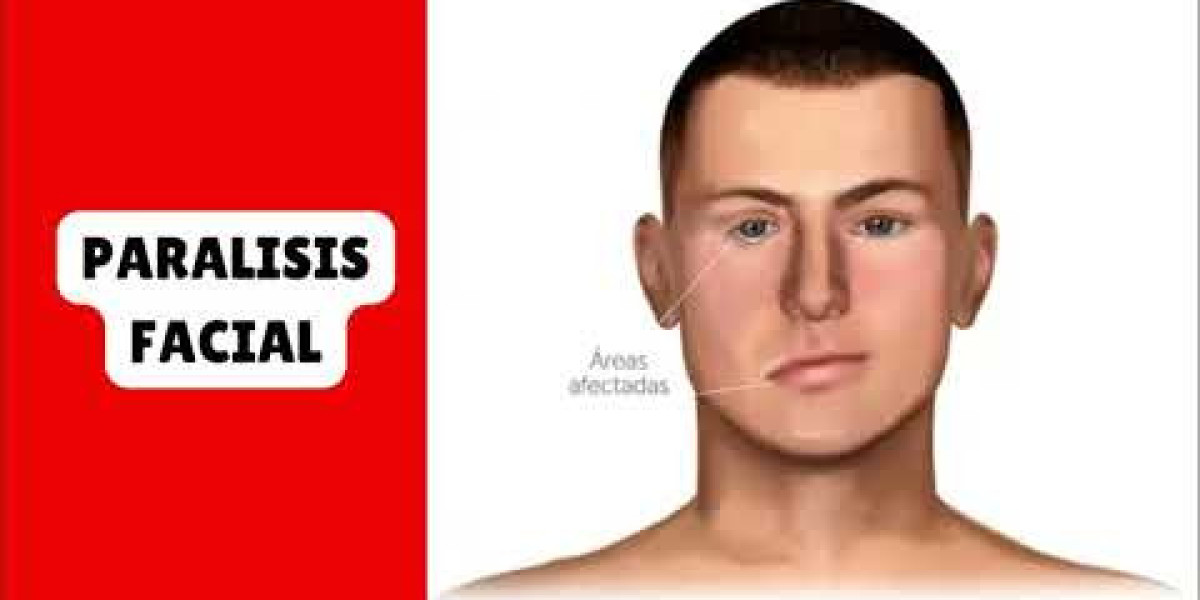Search
Popular Posts
-
 Планируете купить по комфортной стоимости диплом или аттестат?
By sonnick84
Планируете купить по комфортной стоимости диплом или аттестат?
By sonnick84 -
 5 most economical hatchback cars in Brazil, which achieve up to 16,5 km l CPG Click Petroleo e Gas
5 most economical hatchback cars in Brazil, which achieve up to 16,5 km l CPG Click Petroleo e Gas
-
 Colágeno com ácido hialurônico: conheça os benefícios e variações nesse guia prático
Colágeno com ácido hialurônico: conheça os benefícios e variações nesse guia prático
-
 Novo Volkswagen Nivus 2024: preço, versões e ficha técnica
Novo Volkswagen Nivus 2024: preço, versões e ficha técnica
-
 ¿Cuál es el costo de una ecografía para un perro? Lector de mascotas
¿Cuál es el costo de una ecografía para un perro? Lector de mascotas

